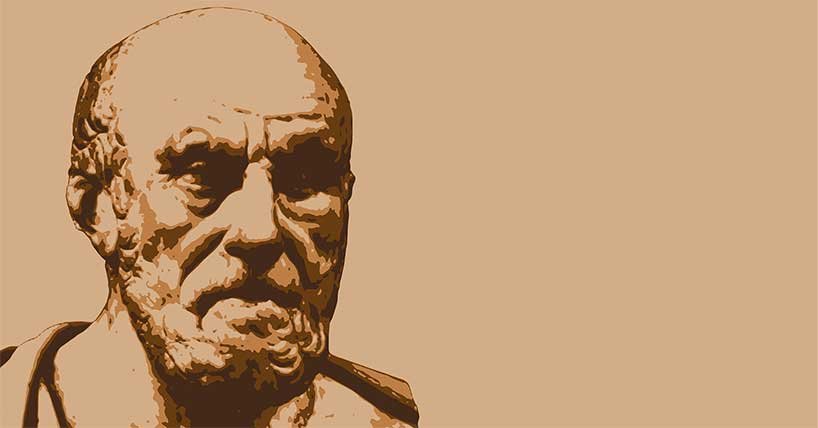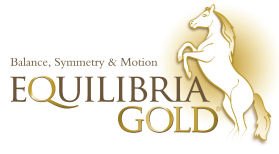The history of massage.
To understand how your horse can benefit from equine massage it is important to look back at the origins of massage itself to understand why it has secured itself as one of the most credible complementary therapies, worldwide.
Massage is a natural instinct and has been used by mammals in one form or another since time began, be that licking/stroking a new-born to stimulate, clean and aid breathing, sooth a crying baby with stroking or rocking or alleviating an aching limb by rubbing. Massage as a professional practice has evolved over many centuries.
EASTERN MASSAGE: The oldest form of massage, believed to originate from China as far back as 2700BC (but with the first officially documented massage being dated to around 1400BC), it was used in conjunction with acupuncture and Moxa (the burning of herbs on the skin). In India, the main focus of massage was predominantly the sensual qualities rather than medical. Combining it with yoga and breathing exercises, massage was believed to be important for overall wellbeing. There is a lot of written evidence to support the use of massage throughout much of ancient Greece with top schools focused heavily on gymnastics and athletic sport using massage as an important therapy. Aesculapius worked as a physician in Thessalay during the 5th Century BC and is recorded to have treated his patients with a combination of hydrotherapy, massage, relaxation, diet and herbal remedies.

Hippocrates believed that all diseases resulted from natural causes and therefore should be treated with natural methods, including massage.
The benefits of massage were widely accepted in Rome, with the wealthy having sore or stiff muscles rubbed with vegetable oil plus full body massages to aid circulation, awaken the nerves, relieve aches and pains as well as keep the skin supple and elastic. A greek man, Galen, who lived from 130AD to 201AD moved to Rome due to a shortage of experienced doctors and treated many Gladiators. Galen became an ambassador for the benefits of massage in the treatment of injuries and some diseases recognising the effectiveness massage had to remove waste products of nutrition and poisons generated by fatigue (now understood to be lactic acid or DOMS). The massage technique used to treat Gladiators was the earliest form of what we now know as “sports massage”.
WESTERN MASSAGE: One of the earliest records of massage in the west is that of Ambroise Pare who lived from 1510-1590 and was a co-founder of modern surgery. He was famous for healing Mary Queen of Scots with the use of massage. However, it was Per Henrik Ling from Sweden, who lived from 1776-1839, who had the most profound effect on massage when he formalised a series of massage techniques that became known as “Swedish Massage”. Ling spoke of the positive effects massage therapy can have and was recorded to say:
“We ought not consider the organs of the body as lifeless forms of mechanical mass but as the living, active instrument of the soul”
1895 saw the introduction of a society of trained masseuses in Britain and in 1899 a massage department was introduced at St Georges Hospital in London. It was an English physician, Mathias Roth, who became trained in Swedish massage techniques and then shared his skills with Dr. Charles Fayette Taylor of New York in the USA who subsequently introduced the methods to his bother in the mid-19th Century. The understanding of the benefits of massage therapy has gone from strength to strength over the centuries and more recent decades with the progression into Animals, including horses.
